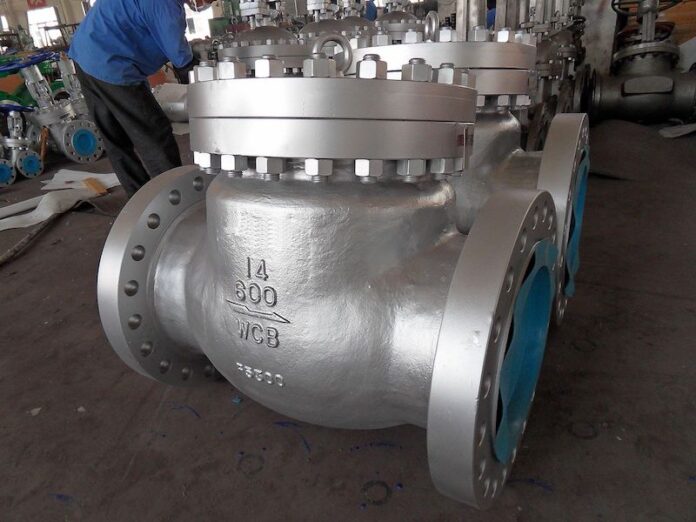Ball valves are a great choice for regulating flow. They have little obstruction and are less noisy than globe valves manufacturer. Ball valves are also better suited for applications that require on and off isolation. Globe valves can be noisy if you use them for long periods. A proper understanding of the pros and cons of each type is essential when choosing the right valve for your needs.
Ball valves work best for pipeline shut-off and flow modulation. They do not operate well with slurries. Slurries can accumulate suspended particles and solidify in the spaces between the ball and seat. However, they are better suited for liquid fluids and gases.
A globe valve works by regulating media flow. The distance between the seat and disc determines the flow rate. These valves are also useful for throttling a media when partially open. They are also less abrupt in starting and stopping. This helps to prevent water hammer. But they also do not regulate flow very well.
Globe valves can be expensive and require extensive maintenance. However, a ball valve is a more affordable solution. This type of valve has a smaller relative footprint and can be installed in tighter spaces. A ball valve also has a higher capacity than a globe valve. In addition, it is lightweight and easier to install.
A ball valve has three parts, a handwheel, a bonnet, and a body. The bonnet houses the stem, which moves up and down in the valve’s body. It also contains a small component called a disk. These disks can be metallic or non-metallic.
A ball valve is a great choice for applications where shut-off is essential. A ball valve can also be used in applications that require high durability. A ball valve has a higher shutoff capability than a globe valve. The main disadvantages of a ball valve are that the sphere is not symmetrical to the pipe, and that it can only function in a small range of flow.
Ball valves work well in high-pressure and high-temperature applications. They also have low maintenance requirements. However, they are poor at throttling and are usually used in their fully open or fully closed positions. Additionally, they can clog up when filled with thick liquids.
Ball valves are typically operated with a wrench handle. This makes them much easier to access and maintain compared to a globe valve, but they also require more space and time to maintain. Ball valves generally have two entries, but 3-way models are available. Some applications may specify a three-way version, with three ports.
The main difference between ball valves and globe valves lies in their design. The former uses rotary motion and is more compact, while the latter uses linear motion. However, the latter has higher flow coefficients, and therefore a smaller installation area. Both types have their advantages and disadvantages.












